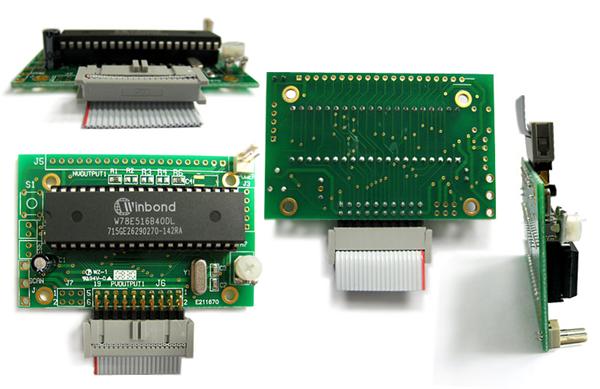80515: DescriptionThe 80515 is a stand-alone, high-performance single-chip microcontroller based on the 8051 architecture. While maintaining all the 8051 operating characteristics, the 80515/80535 incorpor...
floor Price/Ceiling Price
- Part Number:
- 80515
- Supply Ability:
- 5000
Price Break
- Qty
- 1~5000
- Unit Price
- Negotiable
- Processing time
- 15 Days
SeekIC Buyer Protection PLUS - newly updated for 2013!
- Escrow Protection.
- Guaranteed refunds.
- Secure payments.
- Learn more >>
Month Sales
268 Transactions
Payment Methods
All payment methods are secure and covered by SeekIC Buyer Protection PLUS.

 80515 Data Sheet
80515 Data Sheet








